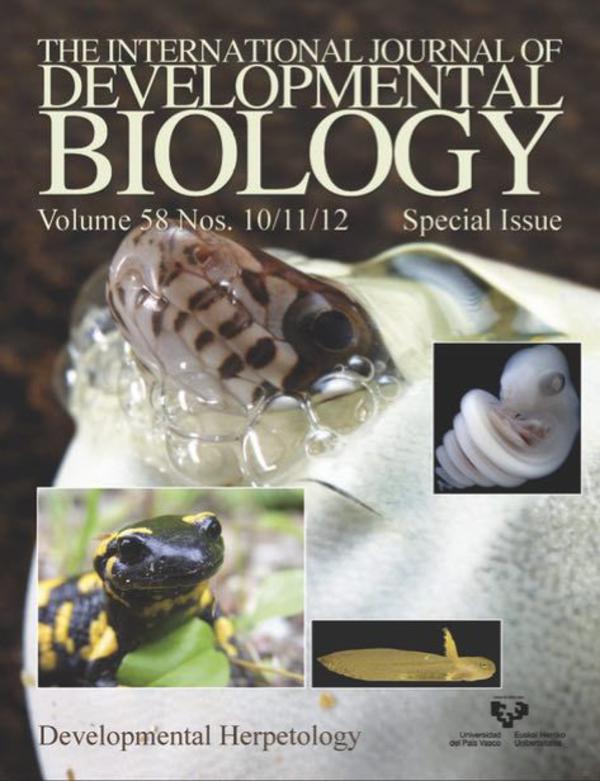- news
- 14-11-2015

Reptiles are poorly represented in genomic and transcriptomic databases, hindering functional evolutionary and developmental studies in these lineages substantially more diverse than mammals. In addition, different authors have used different assembly and annotation protocols, inhibiting meaningful comparisons. To help filling this gap, two new studies, directed by Dr. Athanasia Tzika, generated two new resources: (i) the ‘Reptilian Transcriptomes Database 2.0’, which provides extensive annotation of transcriptomes and genomes from species covering the major reptilian lineages, and (ii) the draft genome of the corn snake, a species we promote as an excellent model for evolutionary developmental (EvoDevo) studies in squamate reptiles.
Although an increasing number of vertebrate genomes have been sequenced and annotated during the last decade, reptiles are still largely underrepresented in these initiatives, despite the wide variety of morphologies/physiologies encountered within its >10,000 species (i.e., about twice as many species as in mammals). We now published two important resources for reptilian genomics and transcriptomics:
- The ‘Reptilian Transcriptomes Database 2.0‘ (published in Genome Biology & Evolution 7(6):1827–1841): this database provides extensive annotation of transcriptomes and genomes from species covering the major reptilian lineages: Squamata (snakes and lizards), the tuatara, crocodiles, and turtles. This Database will be regularly updated, thus making it a reference for differential expression studies, comparative genomics and transcriptomics, linkage mapping, molecular ecology, and phylogenomic analyses involving reptiles. The database is available at www.reptilian-transcriptomes.org and can be enquired using a wwwblast server installed at the University of Geneva.
- The draft genome sequence of the corn snake, Pantherophis guttatus (published in the International Journal of Developmental Biology 58: 881 - 888), an oviparous snake that we promote as a particularly appropriate model species for evolutionary developmental studies in squamate reptiles. We produced a genome assembly of 1.53 gigabases, roughly covering 75% of the expected total genome size. We annotated 10,917 genes with high confidence and an additional 5,263 predicted genes matched with the species’ transcriptome. The corn snake is an ideal model to study the genetic determinism, development, and evolution of adaptive colour traits in reptiles. This article made the cover of the journal (see below).
For additional information, please, contact Athanasia C. Tzika (Athanasia [dot] Tzika [at] unige [dot] ch) and check the ‘Reptilian Transcriptomes Database 2.0‘ as well as the two Original Articles referenced above.
Note that Asier Ullate-Agote, PhD student at the LANE, has obtained an iGE3 (Institute of Genetics & Genomics in Geneva) PhD salary award for the work outlined here.
